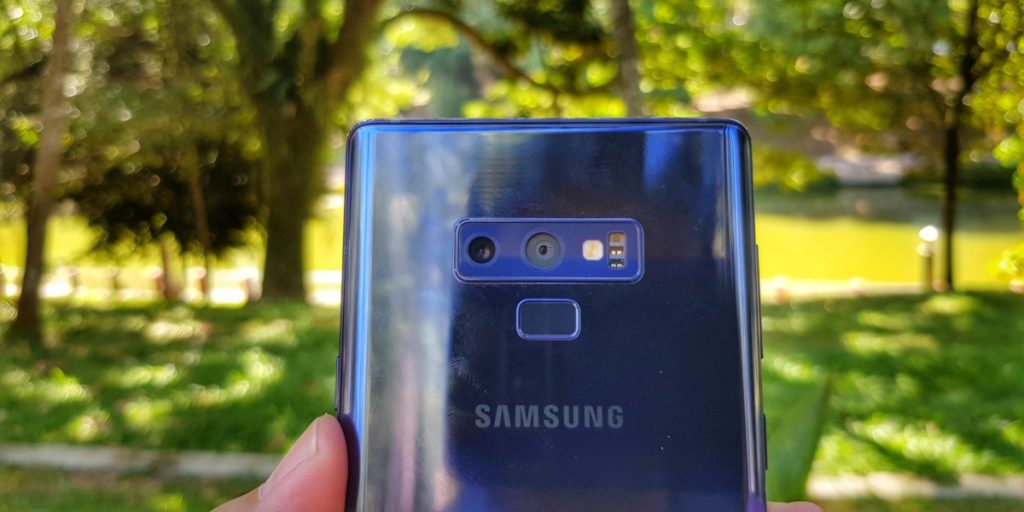
The secret to Samsung’s awesome Galaxy Note9 low light camera performance
Samsung’s Galaxy Note9 has an impressive dual rear camera array that comes with a veritable wishlist of their latest technologies that allow it to capture great shots under the vast majority of circumstances including challenging low light scenarios.
Crammed into a chassis that is just 8.8mm thin, the Galaxy Note9 comes with a pair of 12-MP rear cameras, both of which offer optical image stabilisation (OIS). By optically stabilising both cameras, the Note9 ensures crisp footage and stills, even under low light conditions where even minor tremors from your hand can result in subpar results.Where Samsung ups the ante and allows for superior Note9 low light camera performance is in the rest of the unique technologies and algorithms that it integrates under the hood that allow for great shots even without a tripod to eliminate hand jitter.
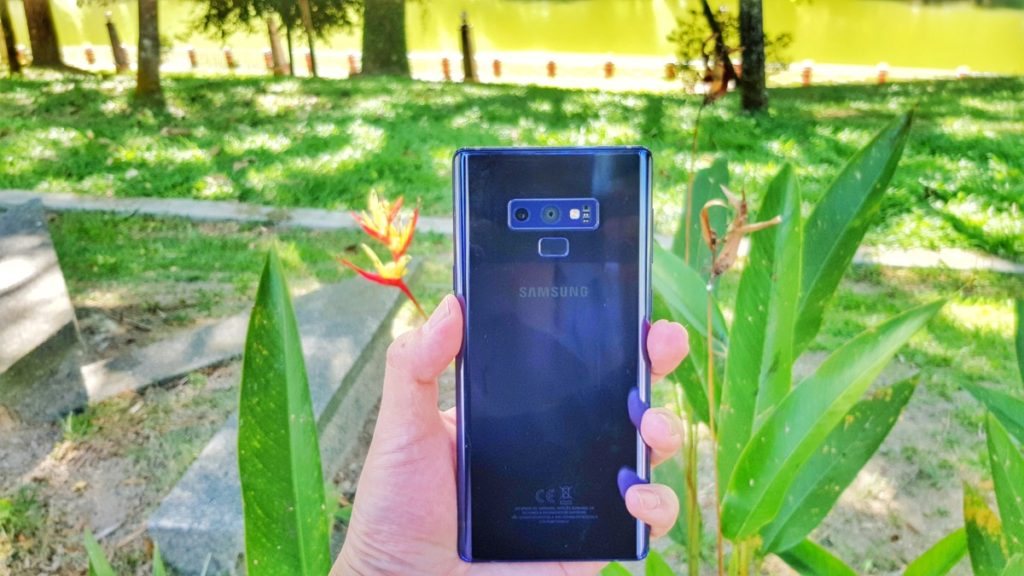
To offer superior imaging quality, one 12-MP rear wide angle camera includes their unique Dual Aperture technology that integrates a mechanical aperture within the phone’s chassis that allows it to automatically swap from a bright F/1.5 aperture for low light shots to F/2.4 for bright daylight shots.
Much like the iris of the human eye, the Dual Aperture tech in the Note9 automatically detects the amount of ambient light in the area and swaps apertures as needed. The marvel here is that whereas most phones integrate only a fixed aperture at most, the Note9 has a mechanical one which allows for exceptional performance and well lit, detailed shots be it stark daylight or, as in the case that we’ll be delving into today, scenarios with scant lighting. These aperture settings can optionally be manually altered in Pro mode along with a bunch of other camera settings if you’re an old hand.
Awesome possum but hardware isn’t the sole solution to their secret sauce for great Galaxy Note9 low light performance. Where the Galaxy Note9 takes things to the next level is its integration of their ‘Scene Optimiser’ algorithm that automatically identifies and sorts out subjects framed within the camera into one of 20 distinct categories and which is able to amend the settings accordingly for optimum results be it food, pets, scenery or, in this case, night shots. Seeing as most memorable snaps happen on the spur of the moment, the Note9’s Scene Optimiser allows you to be fast on the trigger to capture the moment rather than having to twiddle your thumbs finessing the settings. It’s quite literally point-and-shoot.
Pro tip: You can double click the power button on the Note9 and many other Samsung phones to instantly access the camera
If the shot is blur or if the subject blinks, the Note9’s Flaw Detection mode will also pop up a helpful warning to retake the shot. The proof is in the pudding of course so we took the Galaxy Note9 for a whirl around the block under actual low light shooting conditions that an average user would encounter to see just how it would fare. Attached here are a series of shots captured from the Galaxy Note9’s rear camera under dim light without filters or modifications on Auto mode under various settings which we’ll comment on in each image.
In general, you can expect some very pleasing shots straight out of the phone with some excellent colours and detail that really represent how much camphones have advanced in the last few years.
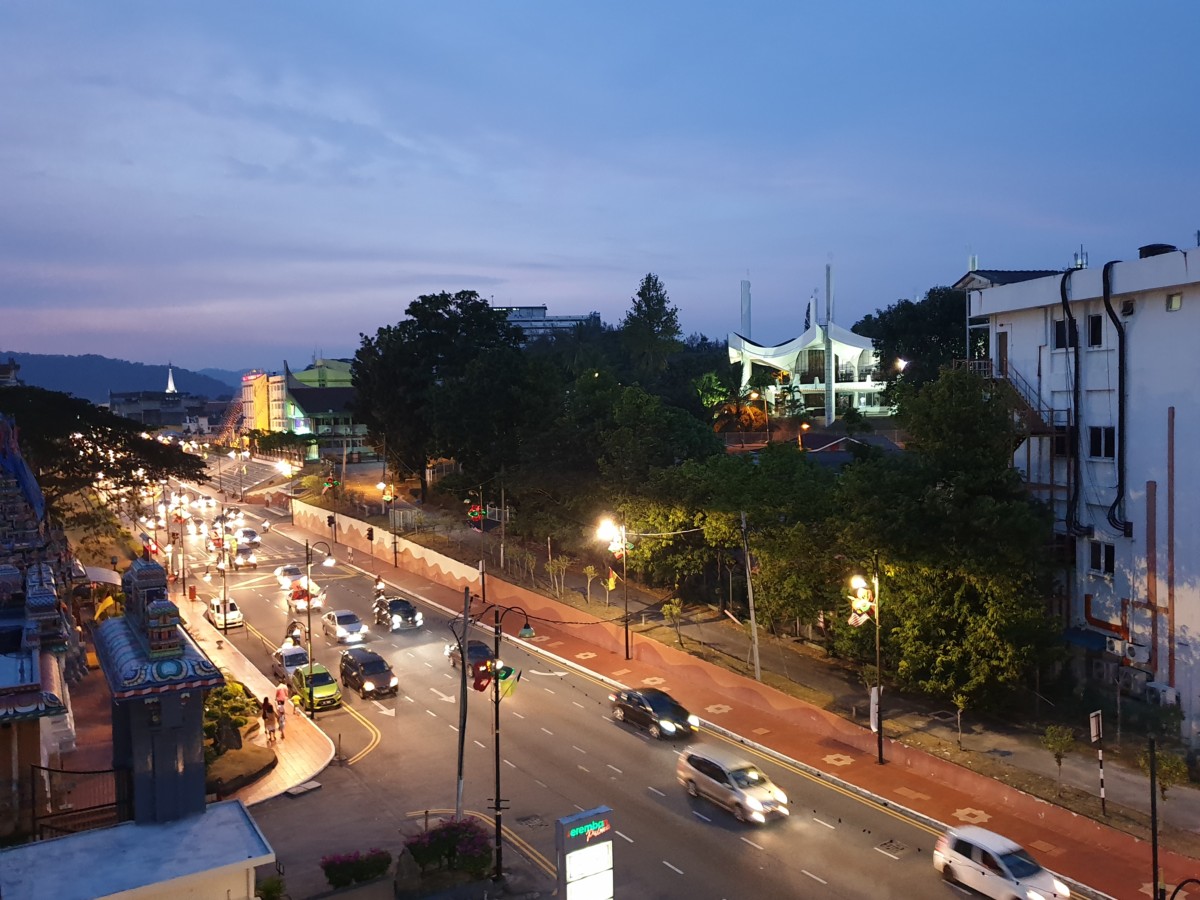
This pleasing shot offers a good depiction of the Note9’s capabilities. The dimly lit buildings on the left still offer a good amount of detail while the road remains well lit along with the greenery and the buildings in the background despite the fast approach of nightfall. Taken on Auto mode with the Note9. Please click for a larger image.
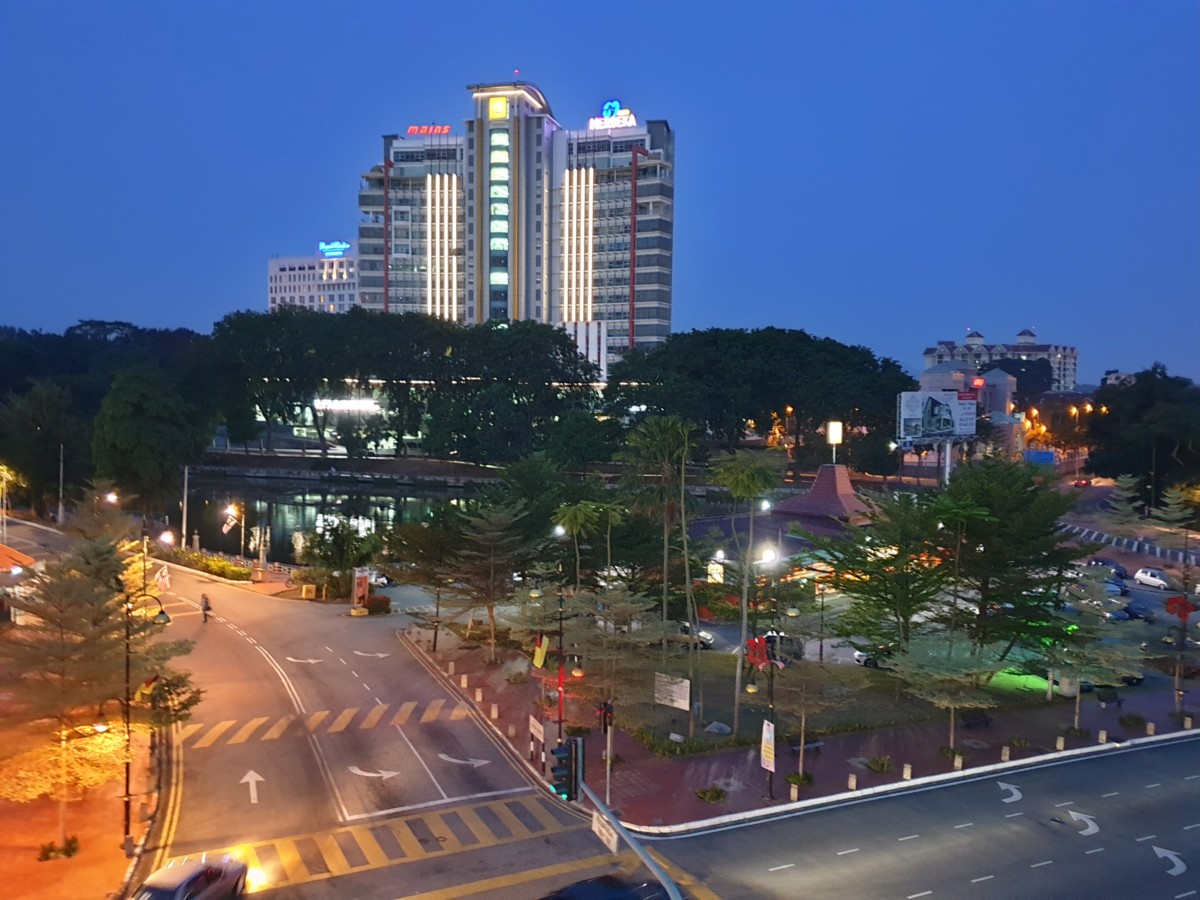
Taken at dusk as well with the Galaxy Note9 with f/1.5 aperture, 1/10 second exposure time and 400 ISO. Even with the myriad of light sources in the foreground and background, the Note9 managed to capture them all and render a pleasingly lit landscape. The A&W logo is blown out but that’s a minor oversight on what would have been a challenging shot for many camphones.

An excellent shot that showcases what the Note9 is capable of. Even past sundown it’s capable of capturing the beautiful reflections and quite a lot of detail from the buildings. Shot on Auto mode with F/1.5, 1/8 second exposure time and 320 ISO. Please click for a larger image.
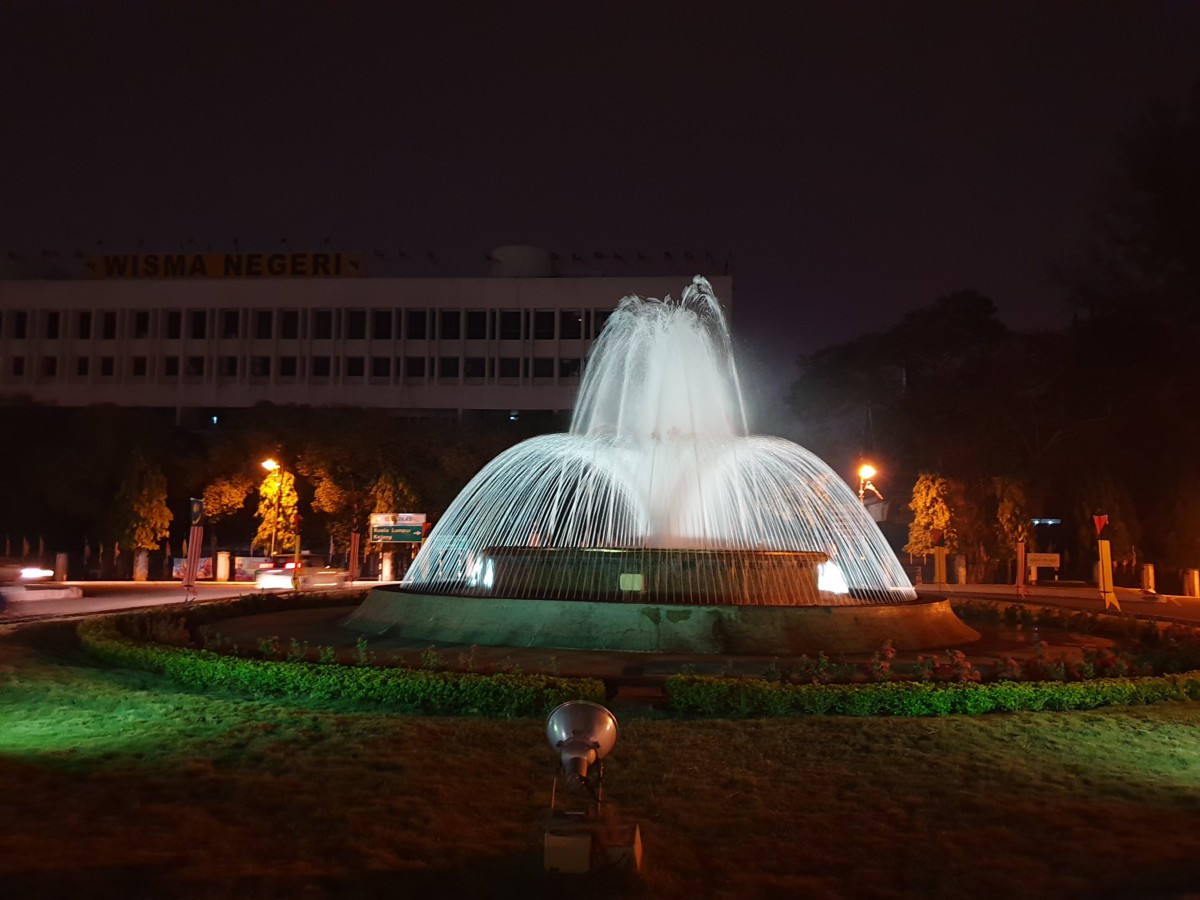
A beautiful shot of a fountain at nightfall with minimal lighting and no tripod yielded very pleasing results on the Galaxy Note9. Please click for a larger image.

Even with only a few minutes left of daylight and nightfall fast approaching, the Note9 managed to capture a scenic vista of boats about to leave safe harbour. Please click for a larger image.
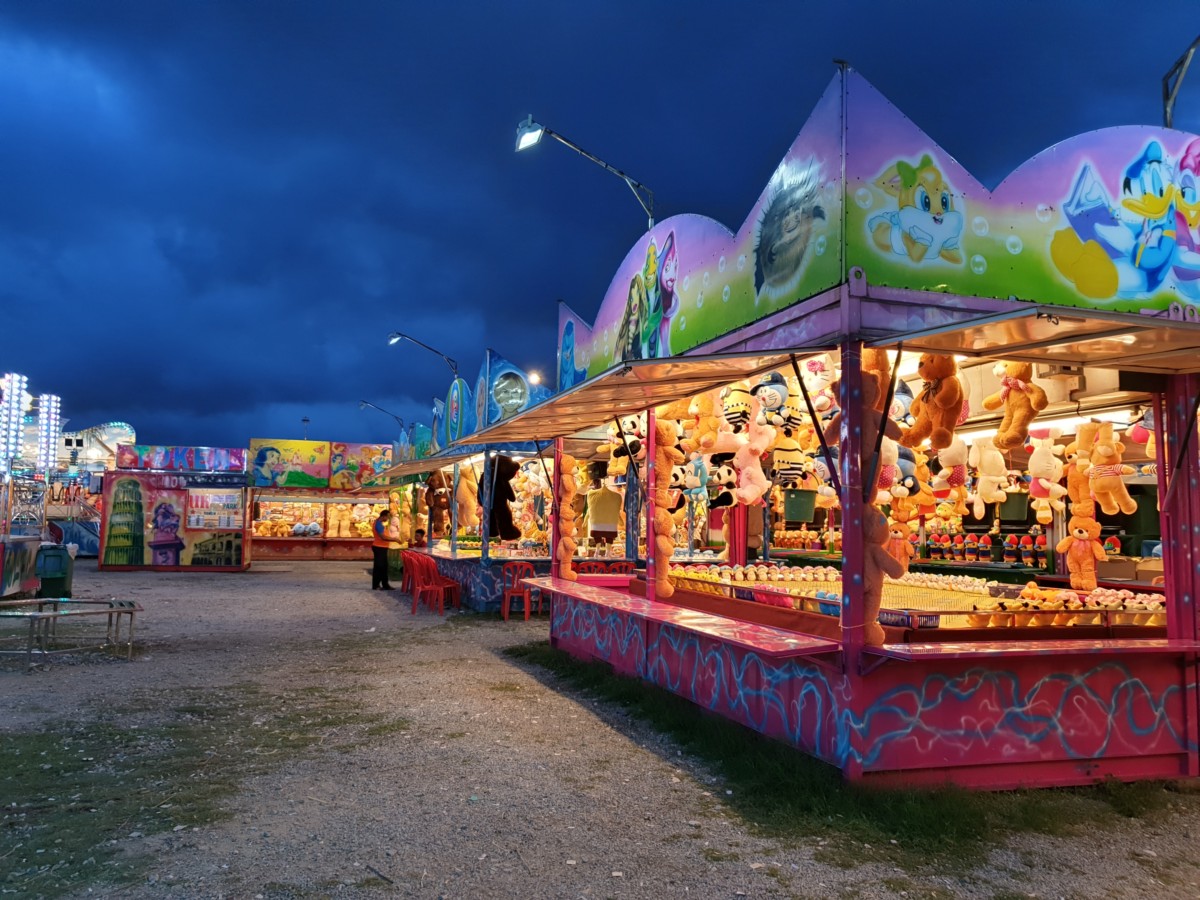
An eerie shot of a fair at dusk but the onset of a rainstorm makes it a quiet, moody affair. Taken with the Galaxy Note9 on auto mode at nightfall.
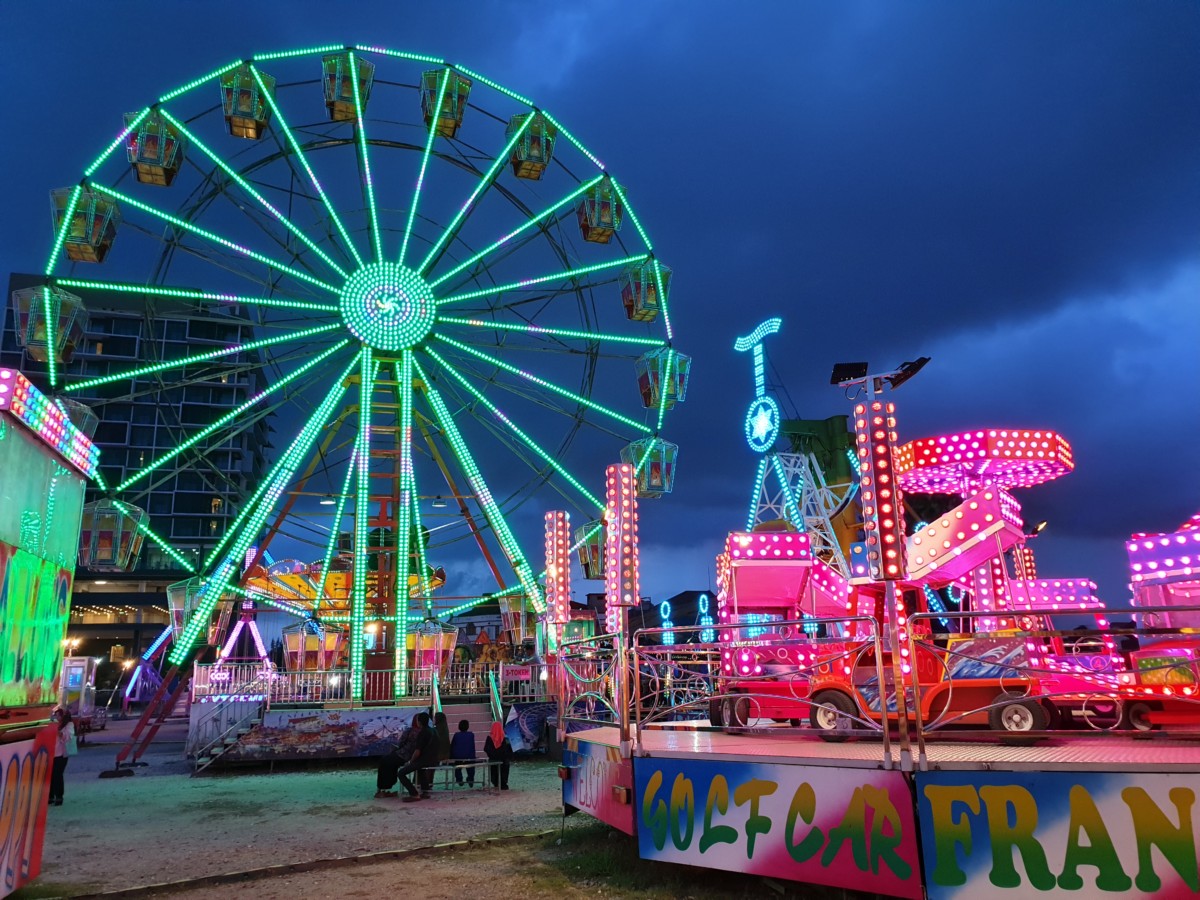
Neon lighting and a darkening sky make this an interesting image to capture especially as it’s past nightfall with scant hints of daylight.
Galaxy Note9 low light performance in a nutshell
The secret sauce to the Note9’s noteworthy low light performance isn’t just purely on hardware alone but a mutually complementing array of both hardware and software working together to render some impressive results. Working together in tandem, the Note9’s arsenal of imaging tech ensures almost bungleproof pictures in both daytime and, as we’ve seen just now, low light and other scenarios at nightfall.
Building on the dual 12-MP OIS enabled cameras, Samsung added their Dual Aperture feature that allows in more light into the sensor which is critical for shots in dim settings. Bundled in with Samsung’s Scene Optimiser mode that helps to tweak optimum settings for each shot and you’re able to get some pretty pleasing snaps with each pull of the shutter release.
The fact that it includes Flaw Detection means that you’re even more likely to get shareworthy shots rather than something destined for the cutting room floor. Fortunately, its capabilities at taking stills are reflected in its ability to take some cracking good low light video as well. Check out the montage below where we took a combination of both stills, videos and hyperlapse clips to showcase just what the Note9 can do. In terms of camera low light performance, you will not be left wanting with the Galaxy Note9.
Naturally, we’ve saved the best for last and before we uploaded this feature piece, we managed to snap an image that looks truly impressive and which showcases the capabilities of the Galaxy Note9. Here it is folks in all its unblemished glory:

